What is a Straight in Poker? | Straight Ranking and Odds Guide
A straight is a solid and common hand in Texas Hold’em, made up of five cards in sequence. Learn what a straight is, the exact odds to make it on each street, and how it ranks versus other poker hands like flushes and two pair.
What is a Straight?
Five Consecutive Ranks, Any Suits
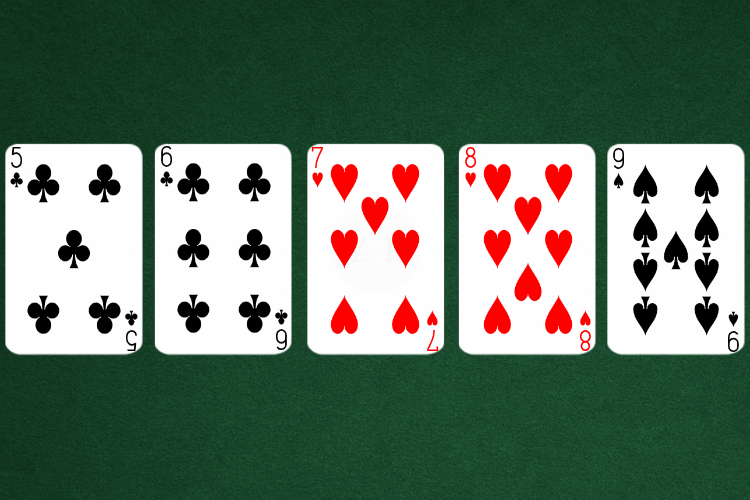
A straight is a poker hand with five cards in a row, like 5♣, 6♦, 7♠, 8♠, and 9♥. The suits don’t matter, just the order. As you will probably see a few these on any given night with odds of 1 in 250 hands according to the wsop it is important to understand how rank against other hands.
It’s stronger than two pair or three of a kind, but weaker than a flush or anything better. Straights show up often and can come from lots of different hands.
An ace can work high or low. You can make A-2-3-4-5 (called a wheel) or 10-J-Q-K-A (called Broadway). But it can’t be both at once.
Straight Odds
Straight Odds by the River | Connected Cards Improve Your Chances
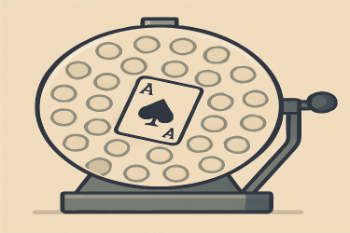
Making a straight in Texas Hold’em depends on how connected your starting cards are. If you begin with cards close in rank, like 8♦-9♠ or 10♣-J♣, you have a better chance of completing a straight. The odds of hitting a straight by the river from an unpaired hand are about 1 in 21. That includes straights made on the flop, turn, or river.
Straight Overall Odds
| Starting Hand | Chance of Straight by River |
|---|---|
| Connected Cards | 4.6% (1 in 21.5) |
| Unconnected Cards | 1.3% (1 in 77) |
Straight Flop Odds
| Starting Hand | Chance of Flopping a Straight | Chance of Flopping an Open-Ender |
|---|---|---|
| Connected Cards | 1.3% (1 in 76) | 9.6% (1 in 10.4) |
With connected hole cards, you’ll flop a made straight around 1 in 76 times. You’re more likely to flop four cards in a row, called an open-ended straight draw, which happens nearly 1 in 10 times.
Straight Turn Odds
| Flop Outcome | Chance to Hit Straight on Turn |
|---|---|
| Open-Ended Straight Draw | 17.4% (1 in 5.75) |
If you have an open-ended straight draw on the flop, you’ll complete it on the turn roughly 1 in 6 times. You’ve got 8 outs and solid equity to continue.
Straight River Odds
| Turn Outcome | Chance to Hit Straight on River |
|---|---|
| Still Open-Ended | 17.4% (1 in 5.75) |
Your odds to complete a straight remain the same from turn to river if you still hold an open-ended draw, just under 1 in 6. Whether chasing or betting for fold equity, the straight draw remains a critical semi-bluff hand.
Straight Matchups
| Matchup | Winner | |
|---|---|---|
 Straight Straight |  Royal Flush Royal Flush | Royal Flush |
 Straight Straight | 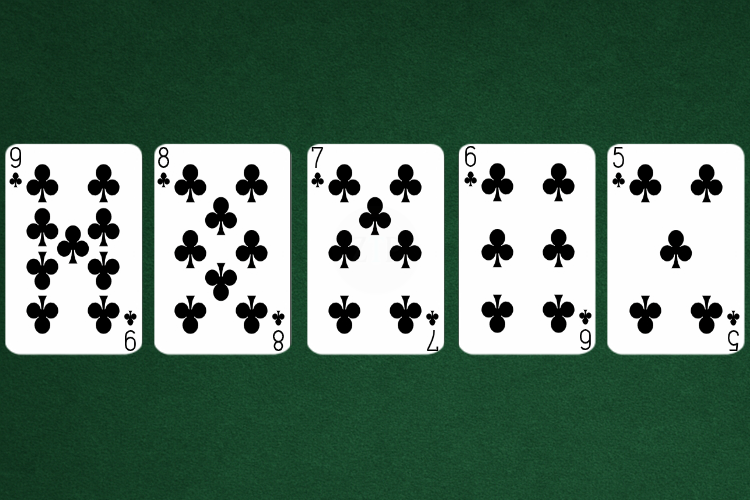 Straight Flush Straight Flush | Straight Flush |
 Straight Straight | 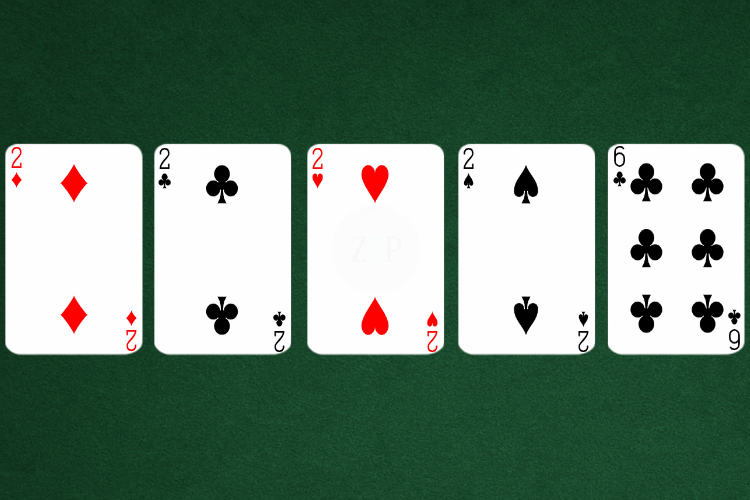 Four of a Kind Four of a Kind | Four of a Kind |
 Straight Straight | 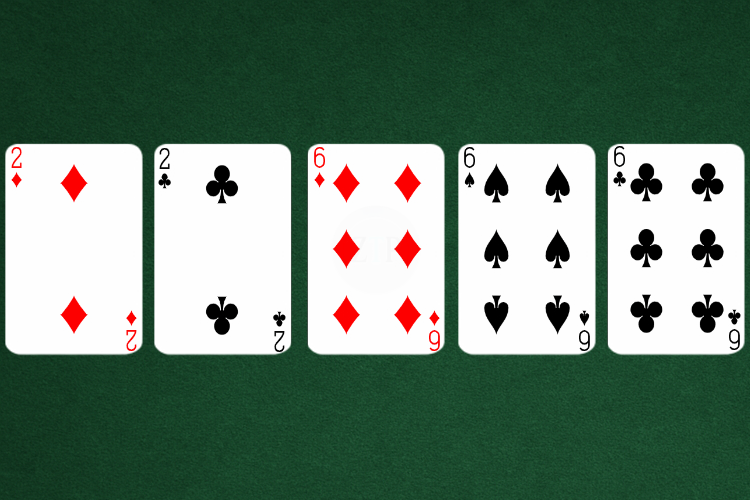 Full House Full House | Full House |
 Straight Straight | 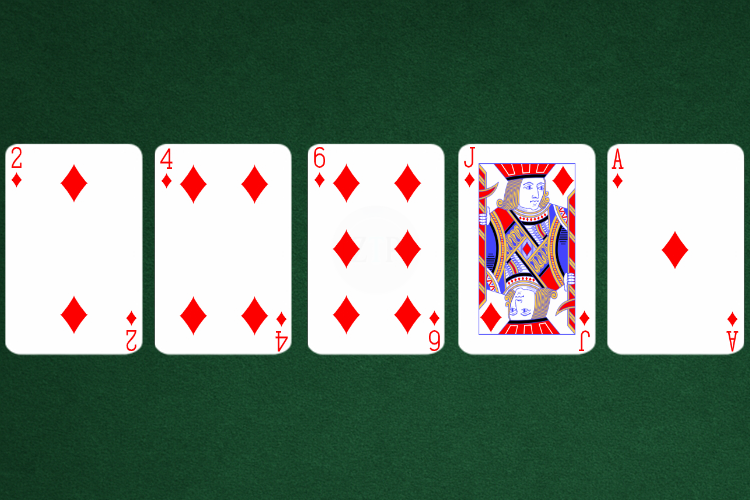 Flush Flush | Flush |
 Straight Straight | 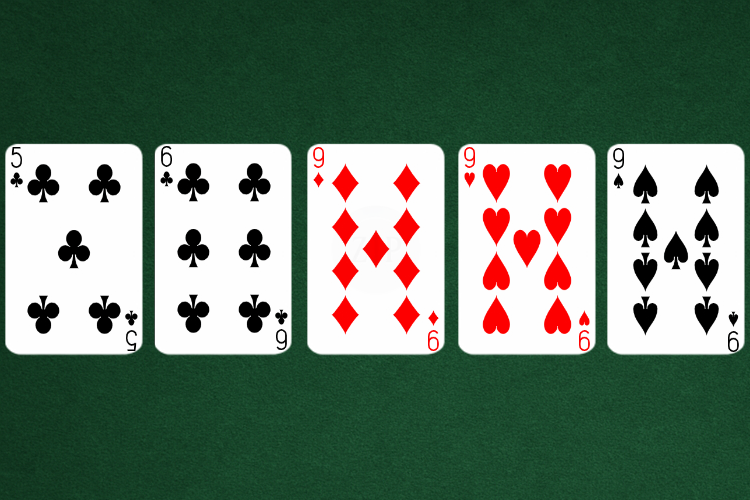 Three of a Kind Three of a Kind | Straight |
 Straight Straight | 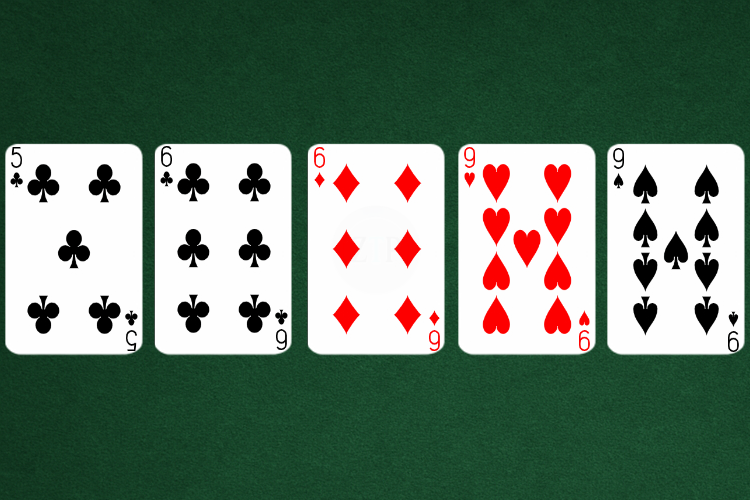 Two Pair Two Pair | Straight |
 Straight Straight | 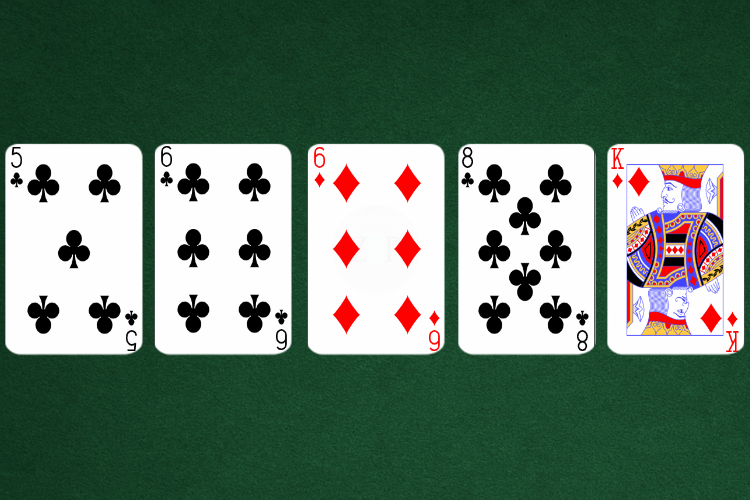 One Pair One Pair | Straight |
 Straight Straight | 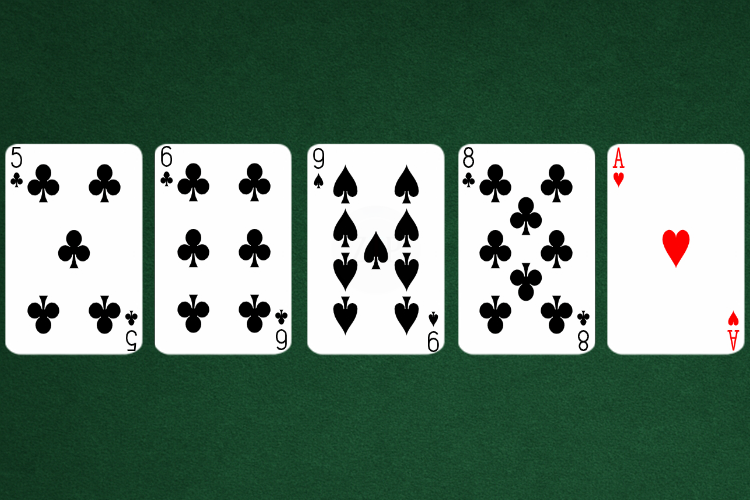 High Card High Card | Straight |
Does a Straight Beat a Royal Flush?

No. A royal flush is the highest possible hand in poker. It always beats a straight.
Does a Straight Beat a Straight Flush?

No. A straight flush is five cards in a row, all of the same suit. It ranks above a regular straight.
Does a Straight Beat Four of a Kind?

No. Four of a kind, or quads, ranks higher than a straight in all hand comparisons.
Does a Straight Beat a Full House?

No. A full house (three of a kind plus a pair) outranks a straight every time.
Does a Straight Beat a Flush?

No. A flush beats a straight, even if the straight has higher cards.
Does a Straight Beat Three of a Kind?

Yes. A straight always beats three of a kind, no matter the rank.
Does a Straight Beat Two Pair?

Yes. A straight beats two pair in the standard hand rankings.
Does a Straight Beat One Pair?

Yes. A straight is far stronger than a single pair.
Does a Straight Beat High Card?

Yes. A straight easily beats any high card hand.
How to Play a Straight
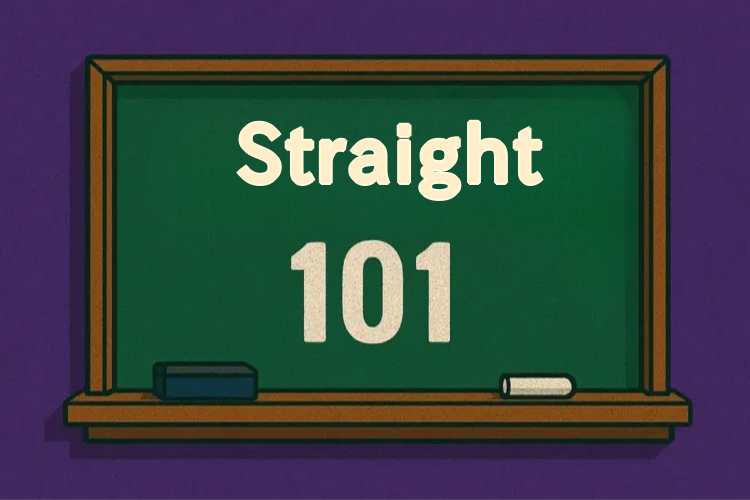
Play Confidently on Safe Boards
| Jump to Straight Strategy | |||
|---|---|---|---|
| Dry Boards | Wet Boards | Straight Strengths | Position Value |
When the board is dry and free of flush or full house threats, a straight is usually in great shape. In these spots, you can often bet or raise for value. Many opponents will call with top pair or two pair, giving you a solid opportunity to grow the pot while you’re likely ahead.
Slow Down on Paired or Wet Boards
| Jump to Straight Strategy | |||
|---|---|---|---|
| Dry Boards | Wet Boards | Straight Strengths | Position Value |
Boards that are paired or suited can change everything. They introduce the risk of full houses or flushes, both of which beat a straight. On these textures, it’s smart to take your foot off the gas. Smaller bets or checking back can keep you out of trouble, especially if you’re unsure about what your opponent is holding.
Know Your Straight’s Strength
| Jump to Straight Strategy | |||
|---|---|---|---|
| Dry Boards | Wet Boards | Straight Strengths | Position Value |
Not all straights are created equal. Broadway (10-J-Q-K-A) gives you the top of the range, while a wheel (A-2-3-4-5) sits at the bottom. If you’ve got the low end of the straight, be cautious, someone else might be holding the higher end. Look at the board closely and think through what hands your opponents could have before you commit more chips.
Use Position to Extract Value
| Jump to Straight Strategy | |||
|---|---|---|---|
| Dry Boards | Wet Boards | Straight Strengths | Position Value |
Acting last gives you more options. When you’ve hit a straight and your opponent checks the river, that’s often your green light to bet for value. If the board is dry, even a modest bet can get paid off by hands like top pair or missed draws. Use your position to read the action and make the most profitable decision.
How to Calculate Straight Flush Odds
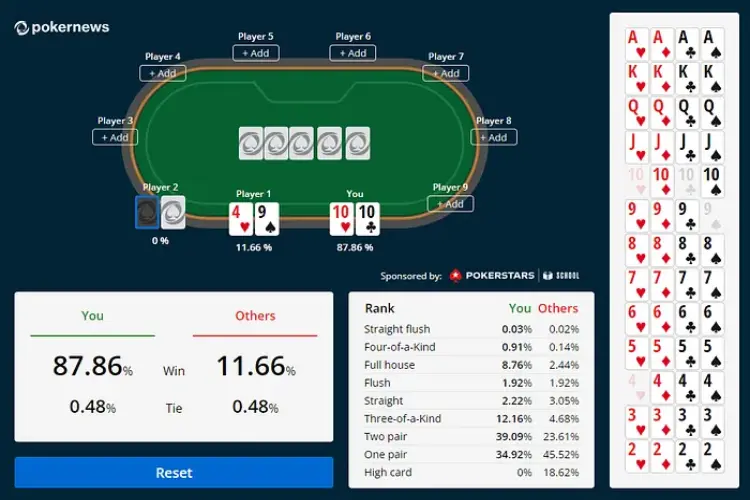
You can use Poker News’ Poker Odds Calculator to work out the odds for any given hand in any situation.
Straight Overview

A straight is a five-card hand made of cards in sequence, like 5-6-7-8-9, with mixed suits. It often flies under the radar, especially when the board looks harmless. Because of that, it’s a great hand for getting paid off by top pair or overpairs.
Straights are easiest to play when a board is dry. If there are no paired cards or flush draws, you can bet with confidence. But when the board starts to show danger, like a fourth suited card or a pair, your straight may not be best anymore, so slow down.
Keep in mind that not all straights carry the same strength. Broadway (10-J-Q-K-A) is harder to beat than the wheel (A-2-3-4-5). If you’re at the low end of a straight, be cautious, someone else might already have the top end.
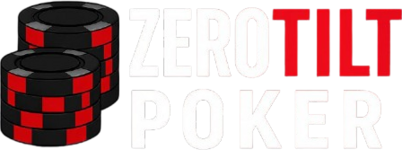
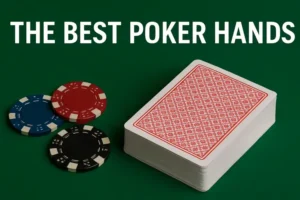
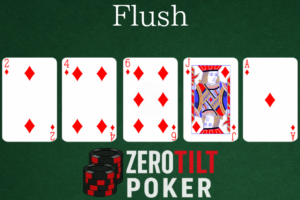
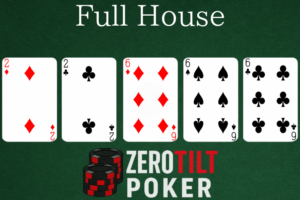
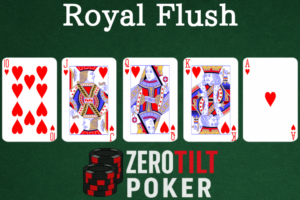
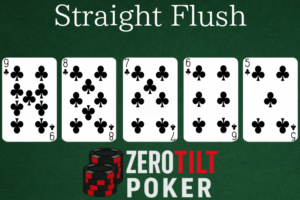
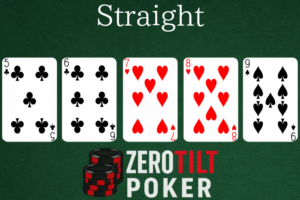
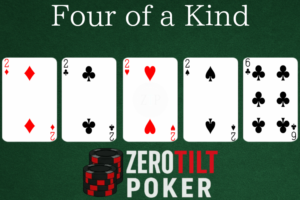
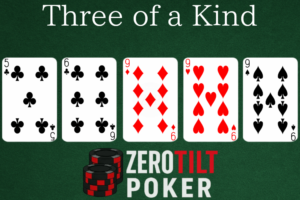
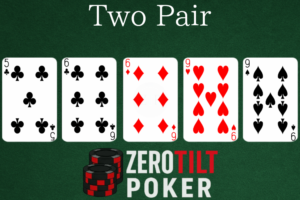

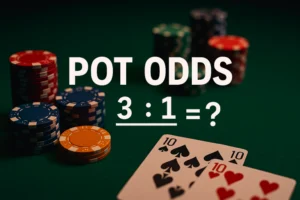

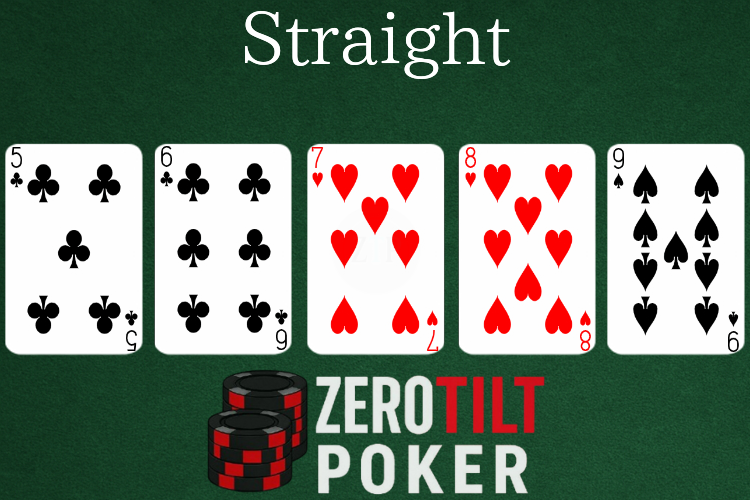
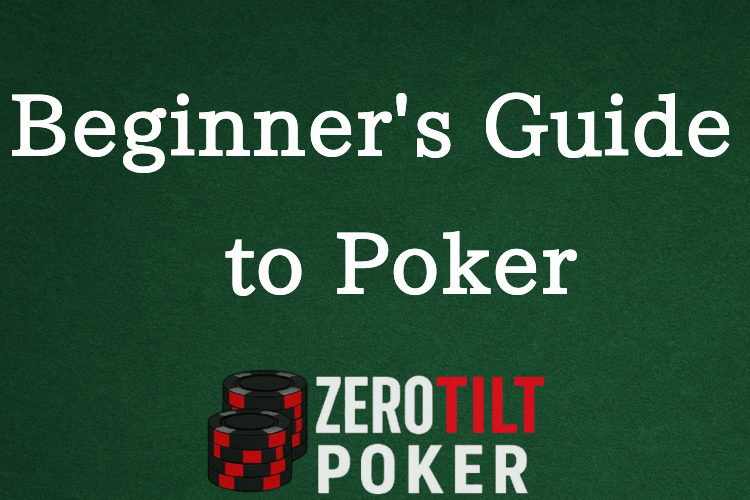
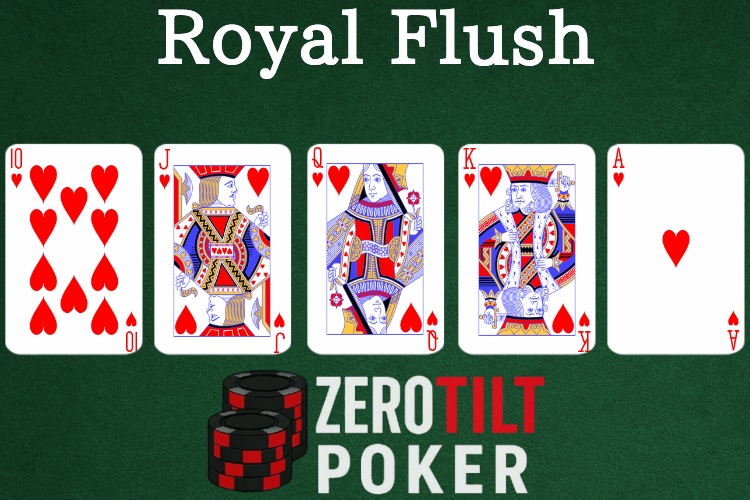
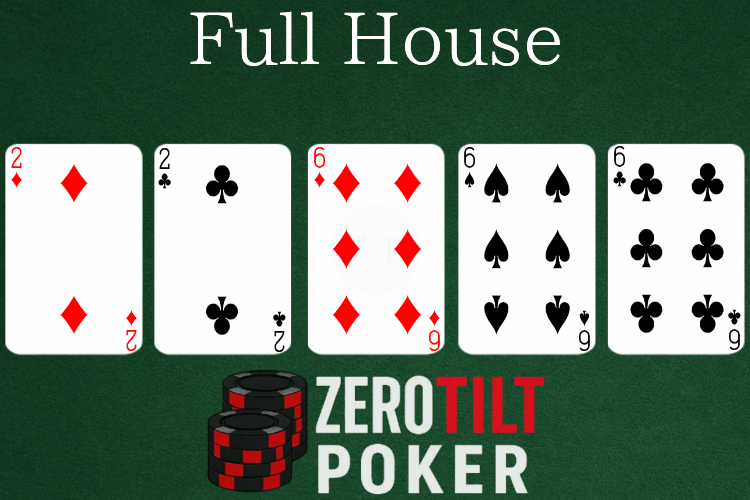
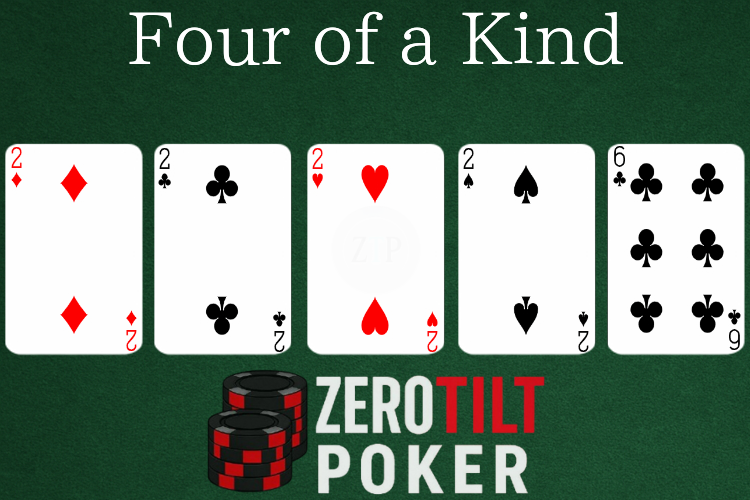
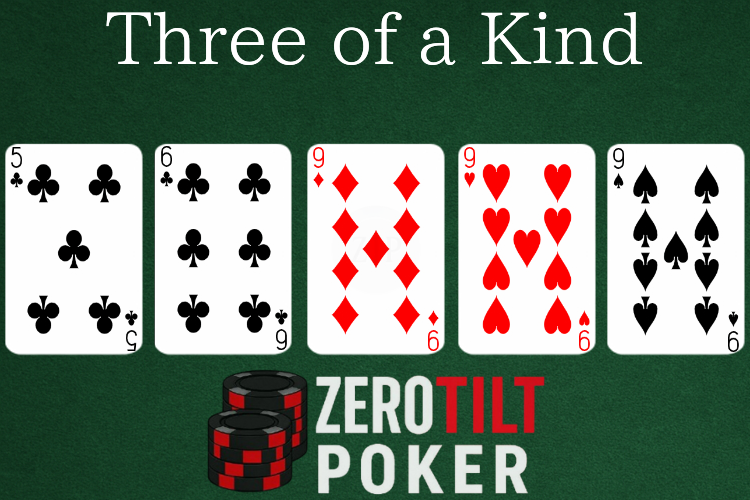
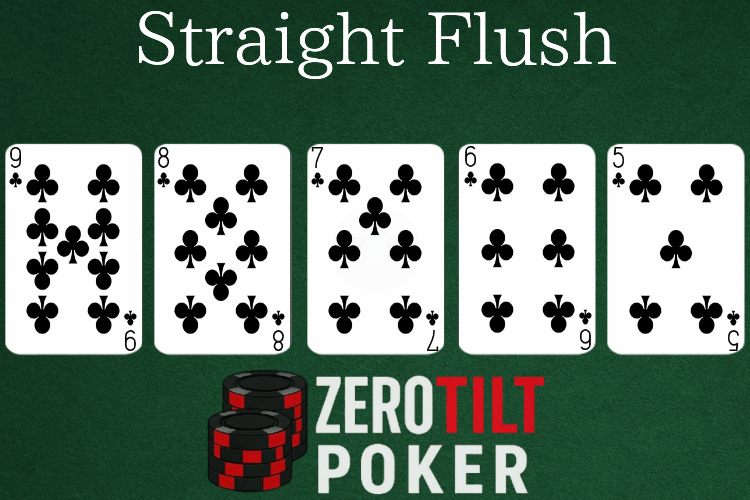
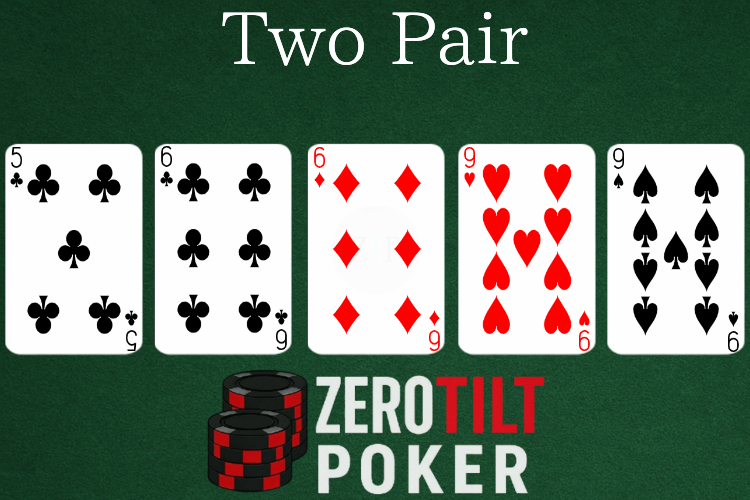
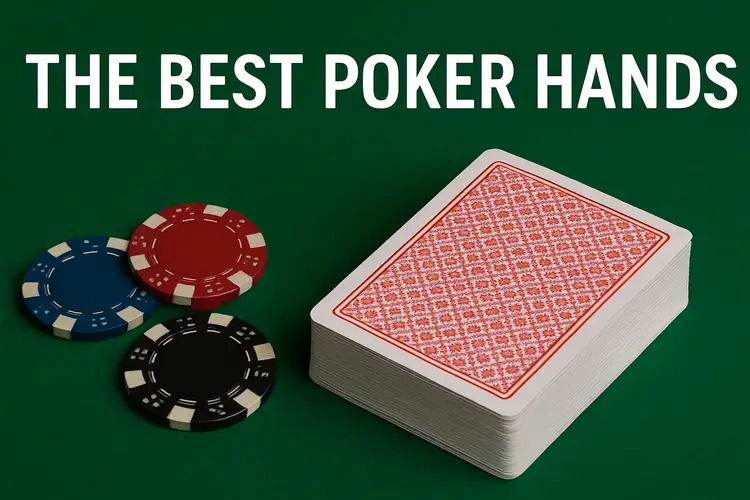


Leave a Reply